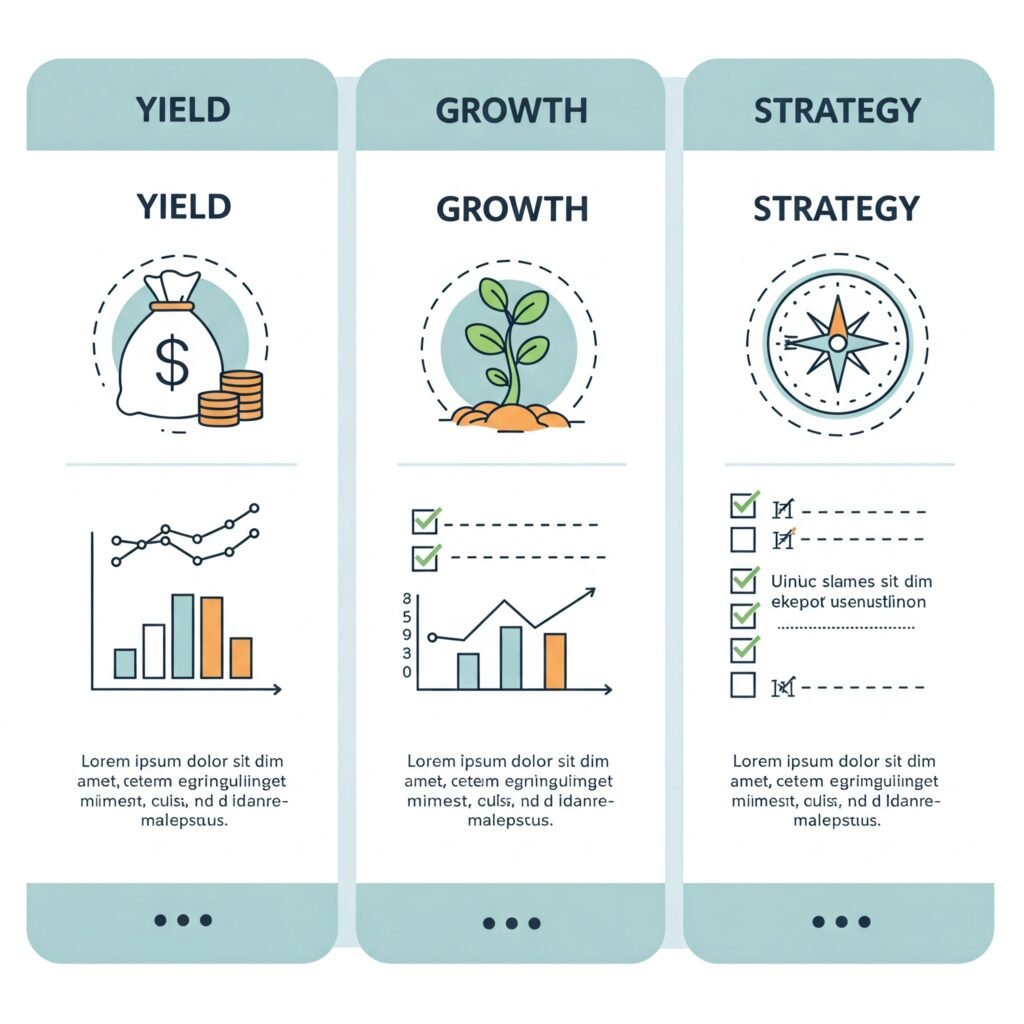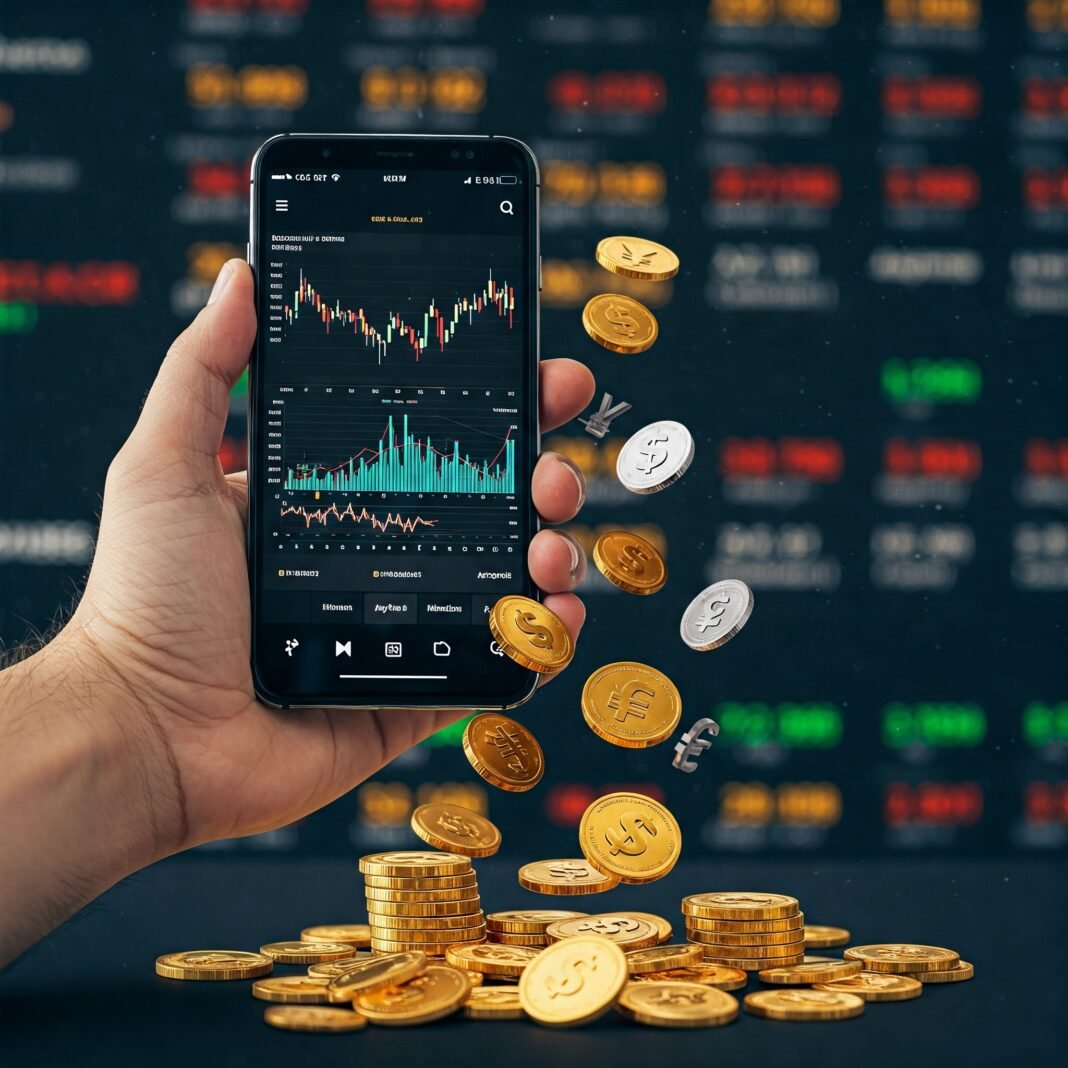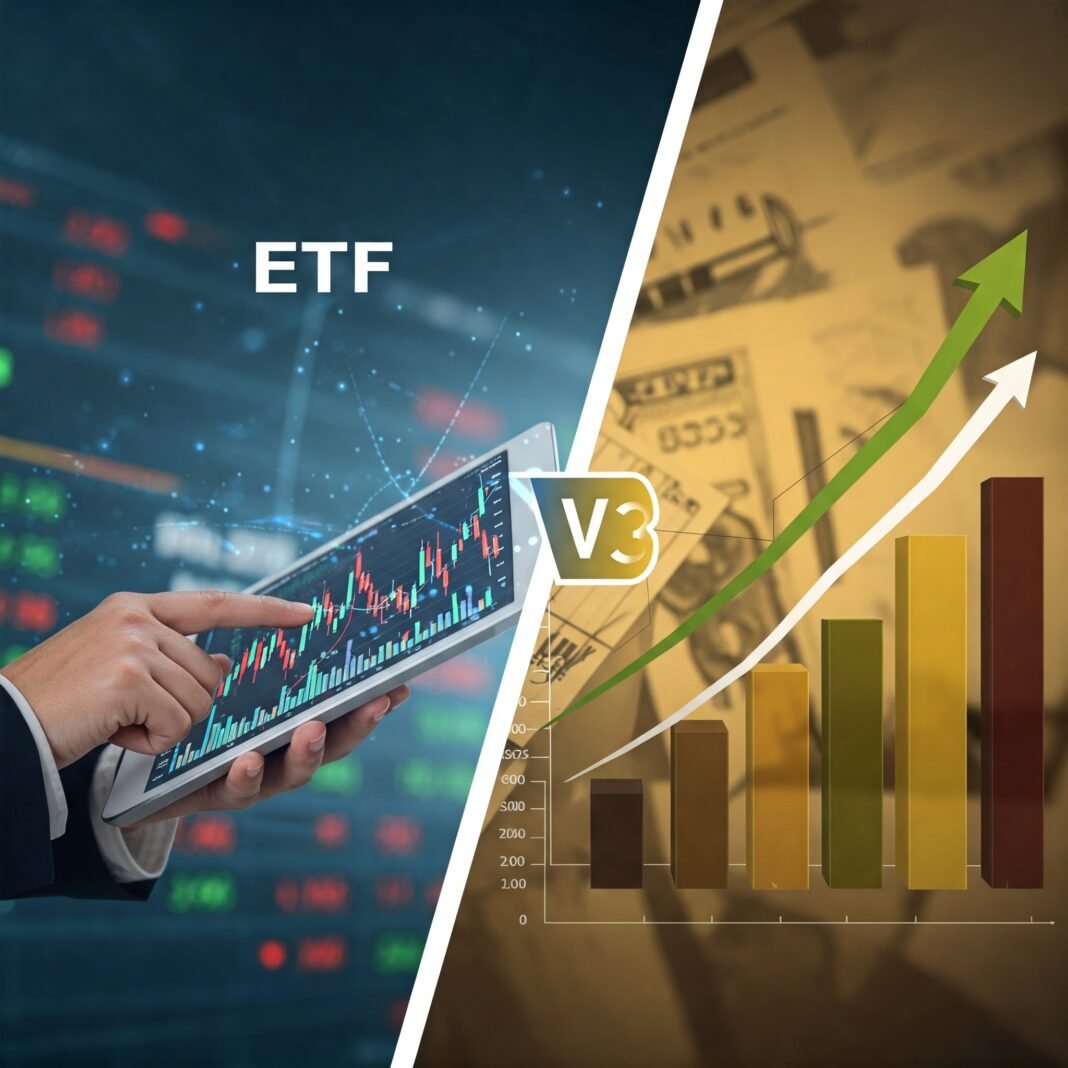While picking individual dividend-paying stocks requires significant research and monitoring, there’s a much simpler way to tap into this income stream: Top Dividend ETFs. These exchange-traded funds bundle together dozens, if not hundreds, of dividend-paying stocks into a single, easy-to-buy investment. They offer instant diversification, professional management, and the potential for consistent income.
If you’re looking for ways to build a passive income stream or enhance your portfolio’s total return, exploring Top Dividend ETFs could be a smart move. Let’s dive into why they are so popular and which ones stand out from the crowd.
Why Consider Top Dividend ETFs?
Investing in Top Dividend ETFs offers several compelling advantages for income-focused investors:
- Instant Diversification: Instead of holding just a few individual stocks, a dividend ETF holds a basket of many. This significantly reduces the risk associated with any single company cutting or eliminating its dividend. If one company falters, the impact on your overall dividend income is minimal.
- Ease of Investing: Like stocks, ETFs trade on major exchanges. You can buy and sell shares throughout the day using a standard brokerage account, making them highly accessible.
- Passive Income Potential: The primary goal of these funds is to distribute the dividends collected from their underlying holdings to you, the shareholder. This creates a predictable (though not guaranteed) stream of passive income.
- Professional Management: The fund managers handle the complexities of selecting and rebalancing the portfolio according to the ETF’s stated strategy. You don’t have to track individual company dividend announcements or financial health.
- Potentially Lower Costs: Compared to actively managed mutual funds with similar objectives, ETFs often have lower expense ratios, meaning more of your investment returns stay in your pocket.

Key Factors When Choosing Top Dividend ETFs
Not all Top Dividend ETFs are created equal. They follow different strategies and have varying characteristics. To find the best fit for your goals, consider these factors:
- Yield vs. Total Return:
- Yield is the annual dividend payment relative to the fund’s price (e.g., 3%). High-yield funds focus on companies currently paying large dividends.
- Total Return includes both the dividend payments and the change in the ETF’s share price (capital appreciation). Some ETFs prioritize companies that grow their dividends consistently, which can lead to strong total returns over time, even if the current yield is lower.
- Actionable Takeaway: Decide if your priority is maximum current income (high yield) or a combination of income and growth (dividend growth/quality).
- Expense Ratio: This is the annual fee the fund charges as a percentage of your investment. Lower expense ratios are generally better, as they eat less into your returns. Even a small difference can add up significantly over years. [Outbound Link: Learn more about Expense Ratios on Investopedia]
- Underlying Index/Strategy:
- Does the ETF track a specific index (like the S&P 500 Dividend Aristocrats or a high-dividend index)?
- Does it focus on specific criteria (e.g., companies with a long history of increasing dividends, companies with high current yields, or companies with strong financial health)?
- Actionable Takeaway: Understand the fund’s objective and ensure it aligns with your investment philosophy.
- Sector Concentration: Check which sectors the ETF invests most heavily in. Some dividend strategies naturally lean towards certain sectors like utilities, consumer staples, or financials. Be aware of potential concentration risks.
- Fund Size and Liquidity: Larger, more established funds often have tighter bid-ask spreads, making them easier and cheaper to trade.

Exploring Top Dividend ETFs That Pay You
Let’s look at a few widely recognized and popular Top Dividend ETFs that offer different approaches to income generation. Please note: ETF performance, yields, and holdings change regularly. This information is for illustrative purposes and not a recommendation to buy.
1. Vanguard Dividend Appreciation ETF (VIG)
- Strategy: Focuses on U.S. companies that have a track record of increasing their dividends over time (specifically, at least 10 consecutive years). This strategy emphasizes dividend growth and quality over current yield.
- Why it’s Top: Often considered a core holding for long-term investors seeking a combination of rising income and potential capital appreciation. Vanguard is known for low expense ratios.
- Key Feature: Targets companies with financial strength and a commitment to returning value to shareholders through consistent dividend increases.
[Image Placeholder: Concept image related to growth, charts trending upwards, or a stylized depiction of consistent income increases.]
2. Vanguard High Dividend Yield ETF (VYM)
- Strategy: Seeks to track the performance of a benchmark index that measures the investment return of common stocks of companies known for their high dividend yields. This fund prioritizes current income.
- Why it’s Top: A popular choice for investors primarily seeking higher immediate income from their investments. Also offered by Vanguard with a competitive expense ratio.
- Key Feature: Provides broad exposure to U.S. stocks with above-average dividend yields.
3. Schwab U.S. Dividend Equity ETF (SCHD)
- Strategy: Tracks a custom index that focuses on U.S. equity securities with a history of paying dividends and strong fundamentals. It’s often seen as a blend of yield, quality, and dividend growth.
- Why it’s Top: SCHD has gained significant popularity for its strong performance history and reasonable expense ratio. It applies multiple screens (like cash flow to debt, return on equity, dividend yield, and historical dividend growth) to select its holdings.
- Key Feature: A well-rounded approach aiming for both income and total return by focusing on fundamentally sound dividend payers.
Comparing Top Dividend ETFs
Choosing among Top Dividend ETFs depends heavily on your personal goals.
- If dividend growth and quality are your priority for long-term total return, VIG might be more suitable.
- If higher current income is your primary need, VYM or similar high-yield focused ETFs could be better fits.
- If you seek a balance of yield, quality, and growth, SCHD presents a compelling option.

How to Invest in Top Dividend ETFs
Getting started with Top Dividend ETFs is straightforward:
- Open a Brokerage Account: If you don’t have one, you’ll need to open an investment account with a brokerage firm. Many offer commission-free trading for ETFs. [Outbound Link: List of popular online brokers]
- Fund Your Account: Deposit money into your brokerage account.
- Research: Use the ETF tickers (VIG, VYM, SCHD, etc.) to look up detailed information on your brokerage platform or financial websites. Review their current yield, expense ratio, top holdings, and historical performance.
- Place an Order: Use the ETF ticker symbol to place a buy order, just like buying a stock.
- Consider Dividend Reinvestment (DRIP): Most brokers allow you to automatically reinvest the dividends you receive back into buying more shares of the ETF. This is a powerful way to compound your returns over time, significantly boosting your growth potential without needing extra cash.
Risks to Consider with Top Dividend ETFs
While Top Dividend ETFs offer many benefits, they are not risk-free:
- Market Risk: Like all investments in the stock market, the value of ETF shares can go down due to economic conditions, market sentiment, or other factors.
- Interest Rate Risk: In general, dividend stocks (especially high-yield ones) can be sensitive to changes in interest rates. When rates rise, the fixed income from dividends can become less attractive compared to bonds or savings accounts.
- Dividend Cuts: While diversification reduces this risk compared to individual stocks, the companies held within a dividend ETF can still cut or suspend their dividends, impacting the income the ETF distributes.
- Tracking Error: An ETF aims to track an underlying index, but its performance may deviate slightly due to fees, trading costs, or index rebalancing.
Conclusion: Are Top Dividend ETFs Right for You?
Top Dividend ETFs offer a convenient, diversified, and potentially lucrative way to generate passive income and participate in the stock market’s growth. They are suitable for a wide range of investors, from those building long-term wealth to those seeking income in retirement.
By understanding the different strategies – focusing on high yield versus dividend growth – and considering key factors like expense ratios and holdings, you can select the Top Dividend ETFs that best align with your financial objectives.
Ready to potentially get paid to hold your investments? Explore the options available and consider how Top Dividend ETFs might fit into your portfolio today.





